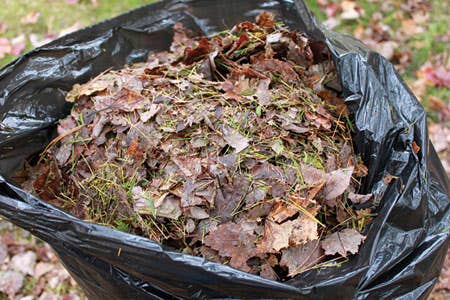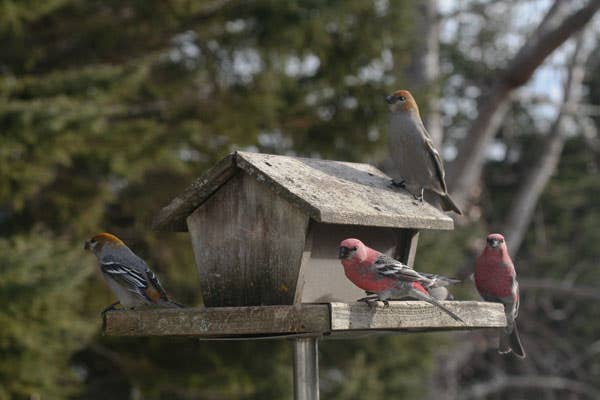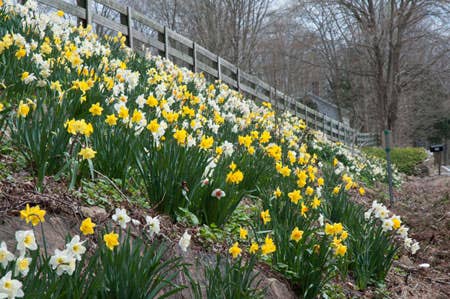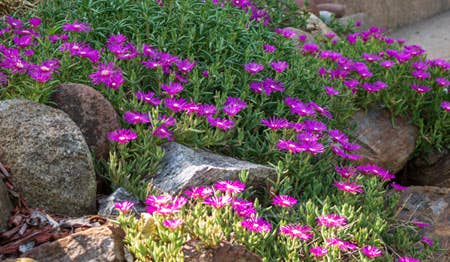Tip of the Week: Wait to clean up those beds
Traditionally, cleaning up beds and borders has been a fall chore. Here’s why it’s all right to postpone this task
Clearing and Mulching
Traditionally, herbaceous borders were cleared in the fall, the plants lifted, divided, and replanted, and heavy amounts of manure dug into the soil. Apart from being very hard work this left the borders bare in winter. It is now much more acceptable to leave many perennials and grasses uncut in the fall in order to enjoy the seed heads and the attractive colors of the faded leaves. In late winter they should finally be cut back to the ground to make way for new growth. At the same time apply a good layer of garden compost, spreading it over the surface carefully to avoid smothering the crowns of resting herbaceous plants; do no carry out this work if the ground is frozen or the frost will be trapped in the soil.
In mature mixed borders and between shrubs it is virtually impossible to cultivate the soil and incorporate organic material such as compost. If the compost is spread over the soil surface in early winter, smothering any fallen leaves that have collected on the beds, earthworms should do most of the cultivation for you as they drag compost and leaves down into the soil. Over time this will build up the humus content of the soil, whatever the type.
Dividing and Planting
Given the milder, wetter winters of recent years, it is probably best to leave the task of diving herbaceous perennials until early spring when they are ready to come into growth; autumn divisions can rot in wet conditions if they have not made enough root growth. The same is true of planting container-grown perennials if you garden on heavy soil.
Container-grown trees and shrubs can be planted at anytime, although planting in fall and early winter allows the roots to establish in the soil before growth starts the following spring. Bare-root plants can be planted during any mild spell from early winter until early spring. Trees should be securily staked and tied, and new shrubs may need staking on exposed sites: newly planted subjects that rock in the wind will never establish themselves.
E-mail your smart gardening tip to edit@hortmag.com with the word TIP in the subject line, or post it in the Co-Horts Forum. It could be featured in a future e-newsletter and here on Hortmag.com.







